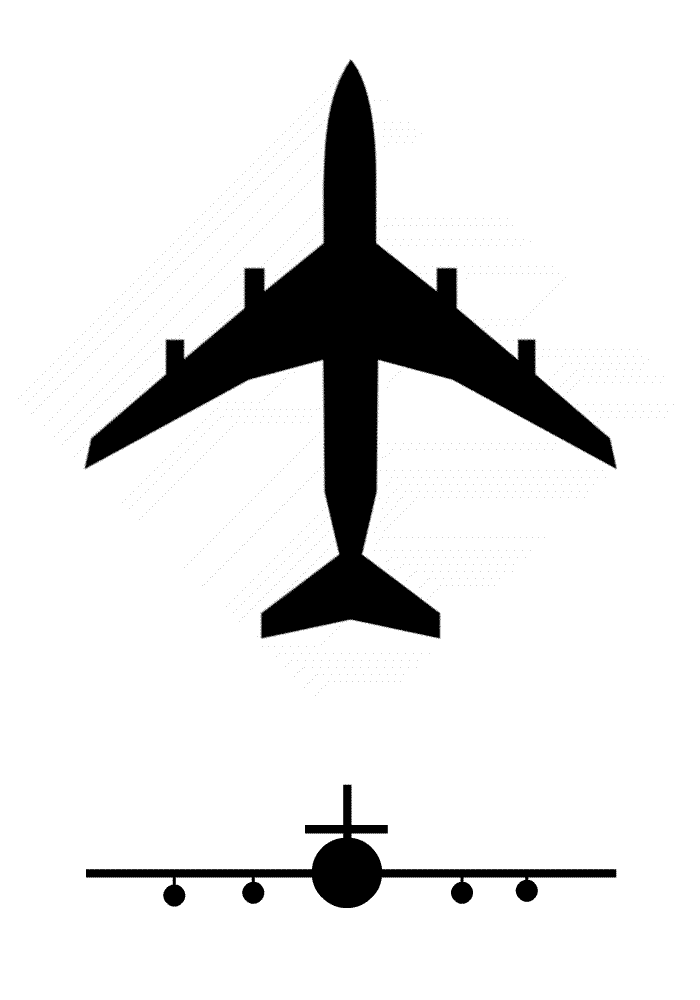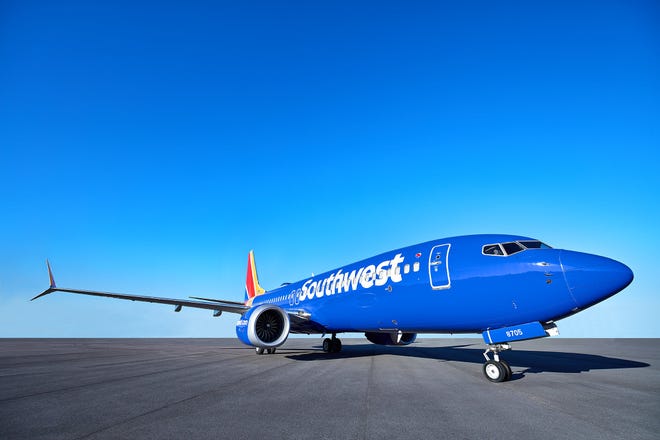- A Southwest Airlines jet was damaged during flight last month after experiencing an unusual maneuver known as a Dutch roll.
- As a result of the maneuver, the plane sustained “substantial” damage to the tail section.
- Dutch rolls are rare on passenger aircraft, but they can put stress on the plane’s fuselage and cause damage.
A Southwest Airlines jet was damaged during flight last month after experiencing an unusual maneuver known as a Dutch roll.
Flight 746 was en route from Phoenix to Oakland on May 25 and was flying at an altitude of approximately 34,000 feet when the accident occurred.
According to the FAA, the maneuver resulted in the plane suffering “substantial” damage to the tail, but the flight was completed. The damage was only discovered during a post-flight inspection. The rudder standby power control unit (PCU) was damaged. The standby PCU is a backup system in case the main rudder power unit becomes inoperable. No injuries were reported as a result of the maneuver.
The Boeing 737 Max 8 aircraft, with registration number N8825Q, was returned to Boeing on June 6, according to tracking data from FlightAware.
Boeing referred comment to Southwest Airlines, which in turn referred comment to the FAA and the National Transportation Safety Board.
The FAA said it was working with the NTSB and Boeing on the investigation into the accident. Southwest Airlines reported the accident to the NTSB on June 7, after which it began an investigation, the agency said.
“The NTSB’s Vehicle Recording Device Laboratory in Washington has received a download of data from the plane’s digital flight data recorder. The recorder data will assist investigators in determining the length and severity of the accident,” the agency said in an emailed statement. “The cockpit voice recorder, which currently only holds two hours of audio, has been overwritten and will not be available to investigators. A preliminary report is expected to be filed within 30 days of the accident date.”
The FAA reauthorization bill passed in May requires most U.S. commercial airliners to install cockpit voice recorders with a recording capacity of 25 hours within six years.

What is a Dutch Roll?
A Dutch roll is an aircraft maneuver that simultaneously yaws (a side-to-side movement on a flat, horizontal plane) and rolls (a see-saw movement on a horizontal plane).
“Dutch roll is an oscillatory motion characterized by a combination of an aircraft rolling and yawing. It typically occurs when the combination of an aircraft’s lateral (roll) and directional (yaw) dynamics becomes out of balance,” Ken Burns, associate dean and associate professor of aeronautical sciences at Embry-Riddle Aeronautical University and chair of the flight department, said in a written statement to USA Today.
“In a Dutch roll, the aircraft experiences a rolling motion driven primarily by the wing design (the dihedral effect), while simultaneously experiencing a yaw due to the reverse yaw effect caused by the sideslip angle. This combined motion creates dynamic instability in which the aircraft oscillates in both the roll and yaw directions,” Burns said.

Dutch rolls are very rare in civil aviation.
“The likelihood of Dutch roll occurring is typically mitigated by aircraft design,” Burns says. “If it does occur, pilots will often use various control inputs to mitigate it, but most large aircraft are equipped with systems called yaw dampers that are designed to automatically counter Dutch roll.”
This movement can put stress on the plane’s fuselage and cause damage, as happened in the Southwest Airlines crash, which has previously caused planes to break apart in flight due to Dutch rolls.
Zach Wichter is a New York-based travel writer for USA TODAY. He can be reached at zwichter@usatoday.com.

